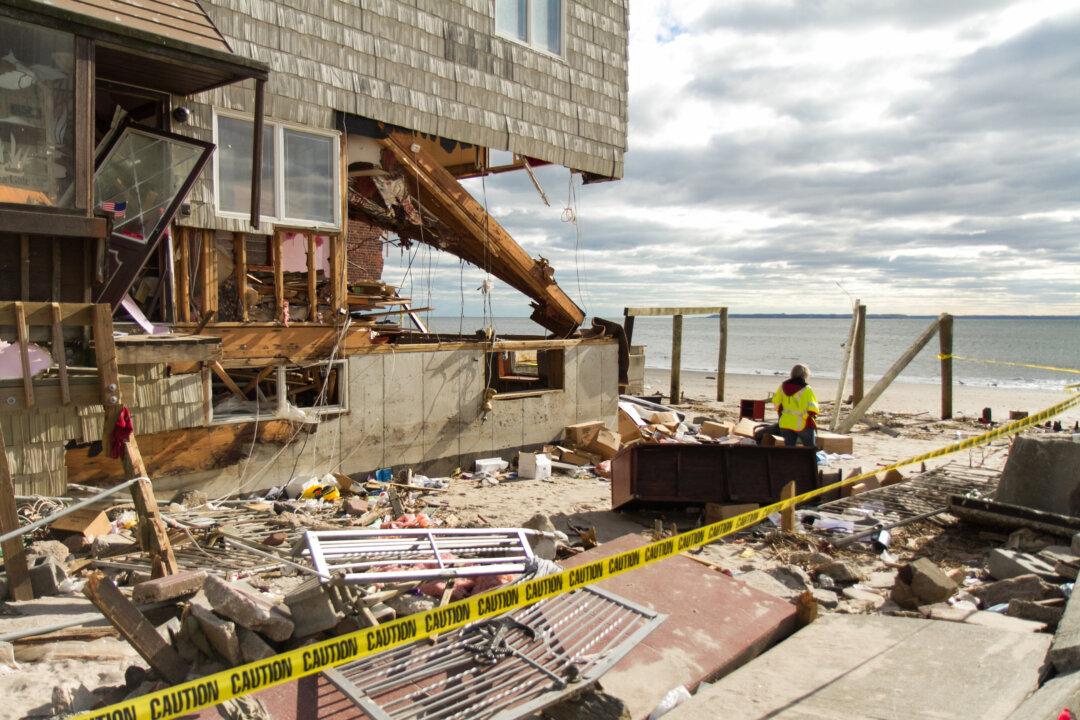NEW YORK—Superstorm Sandy left the city with a big scar—44 lives and $19 billion destroyed in a single storm event—and a profound lesson about the power of nature.
Or at least it should have been. As the hurricane season peaks, four years after Sandy, one in four New Yorkers still take hurricane preparation lightly.
And one in six New Yorkers are still not prepared for any emergency, according to last year’s survey conducted for the city’s Office of Emergency Management.
It seems catastrophes, however destructive, fail to propel some people to prepare for future disasters.
In 2005, only 9 percent of New Yorkers felt “very prepared” for an emergency, such as a natural disaster, fire, power outage, or a terrorist attack, the survey showed.
Hurricane Katrina in 2005 provided somewhat of a wake-up call after more than 1,500 lives were lost and astronomical devastation ensued.
Since then, New Yorkers started to prepare for emergencies a bit more. In 2007, 14 percent felt “very prepared” for an emergency.
After Sandy, the number rose to an all-time high—17 percent.





